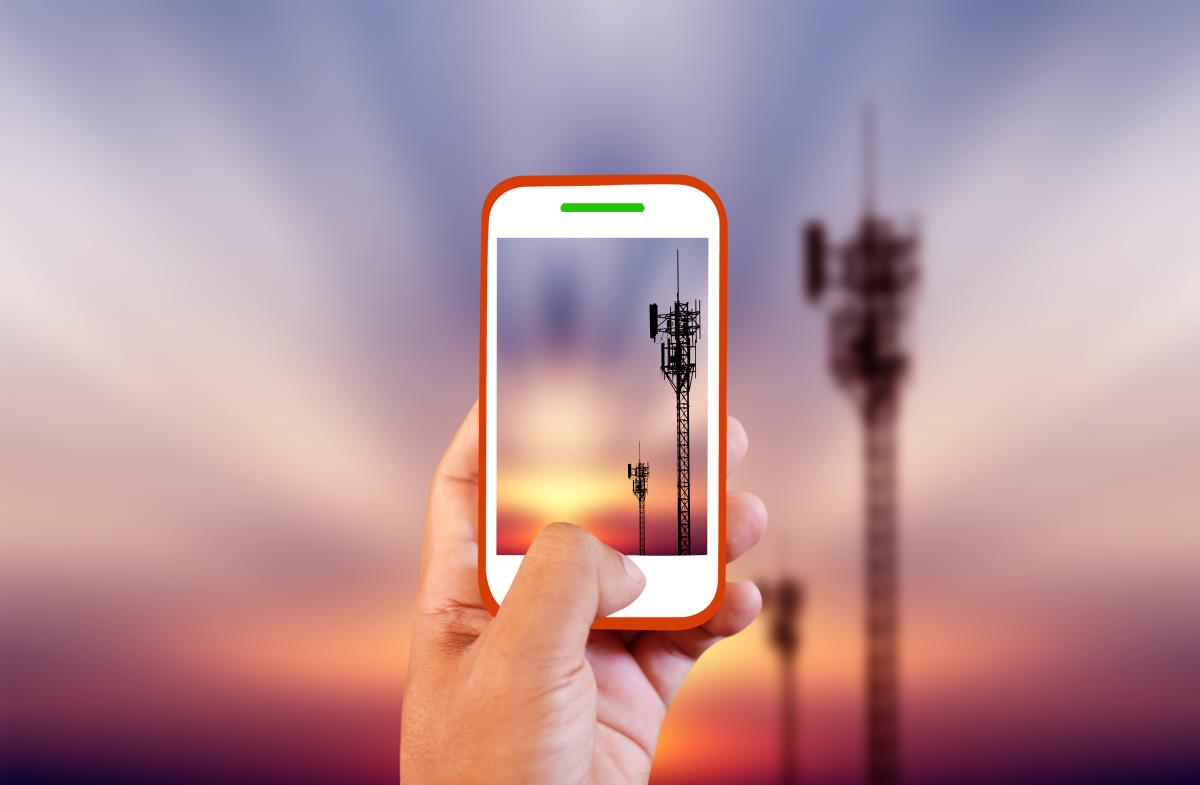Study: Watching virtual reality videos of the North Pole found to reduce chronic pain
10/07/2021 / By Virgilio Marin

Researchers from Imperial College London have found that watching virtual reality (VR) videos of the North Pole helps relieve chronic pain. In a study published in Pain Reports, the researchers reported that VR therapy helps reduce perceived pain levels and pain sensitivity.
Virtual reality an effective pain reliever
The researchers mimicked the heightened sensitivity of people with chronic pain to examine the effects of an immersive VR environment. They administered a topical cream containing capsaicin — the fiery compound in chili pepper that makes the mouth burn — on the skin of 15 healthy participants. Capsaicin made the treated skin area more sensitive to painful stimuli.
“One of the key features of chronic pain is you get increased sensitivity to painful stimuli … This means patients’ nerves are constantly firing and telling their brain they are in a heightened state of pain,” said Sam Hughes, a researcher at Imperial’s Nick Davey Laboratory and the lead investigator of the study.
The researchers pricked the treated area with a weak electric shock, while the participants either looked at a still image of the Arctic or watched a 360-degree clip of the same place through a VR headset. At the same time, the participants rated their pain on a scale of 0 to 100.
The pain ratings indicated that VR immersion reduced the participants’ ongoing pain and their sensitivity to painful stimuli. Looking at the still image did not elicit the same effect.
The researchers said that the VR footage worked as a pain reliever because it distracted the participants from their pain. They also suspected that the novel therapy might have triggered the body’s built-in analgesic systems. This, in turn, reduced their pain sensitivity and the intensity of their ongoing pain.
“Our work suggests that VR may be interfering with processes in the brain, brainstem and spinal cord, which are known to be key parts of our inbuilt pain-fighting systems,” said Hughes. He added that VR headsets may one day provide an alternative therapy for chronic pain, especially in bedridden people with low pain tolerance. (Related: After a stroke, brain exercise is key: Virtual reality training found to be effective supplemental therapy for regaining movement.)
“There are still many things to figure out, but one exciting aspect of our study is that the VR design we used is completely passive — meaning patients don’t need to use their arms,” Hughes noted.
Uses of virtual reality exposure therapy
Therapists have been using VR for decades to administer virtual reality exposure therapy (VRET). As its name suggests, VRET is a type of exposure therapy that helps people confront their fears through VR. It is commonly used today to treat post-traumatic stress disorder PTSD).
Researchers at the Institute for Creative Technology (ICT) at the University of Southern California led this field. ICT’s VRET, called Bravemind, is currently used in over 60 sites across the United States, including Veterans Health Administration hospitals and military bases.
Bravemind’s major components include a customizable VR environment, a vibrotactile platform that delivers sensations linked to explosions and firefights, and a scent machine that emits wartime odors like diesel fuel and gunpowder.
Immersive and innovative, Bravemind has been the subject of numerous safety and efficacy studies. In 2014, researchers found that the technology by itself was as effective as the combination of drug therapy and other modes of VR therapy at reducing PTSD symptoms.
Besides PTSD, VRET may also treat different anxiety disorders including phobias and social anxiety. But the therapy is not yet widely available outside of the military because it is expensive.
Learn more about novel therapies for psychiatric disorders at Mind.news.
Sources include:
Tagged Under: alternative medicine, brain function, brain health, breakthrough, chronic pain, discoveries, future tech, mental health, pain relief, PTSD, research, Virtual reality, virtual reality therapy
RECENT NEWS & ARTICLES
COPYRIGHT © 2017 MIND NEWS




















